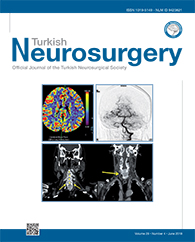MATERIAL and METHODS: ER stress was detected after cells were treated with anti-TfR mAb and/or Nimustine by western blot analysis. The colony survival and apoptosis of cells were detected after transfection with small interfering RNA (siRNA) and treatment with anti-TfR mAb and/or Nimustine by labeling with methylene blue and FCM.
RESULTS: The anti-TfR antibody combined with Nimustine could elevate expression of GRP78/BiP and CHOP/GADD153 and further increase ER stress. SiRNA against the ER stress marker GRP78 produced a further sensitization of glioma cells to killing by the anti-TfR antibody and/or Nimustine.
CONCLUSION: Our results show the anti-TfR antibody triggers the ER stress response. Furthermore, this anti-tumor effect is achieved via the siRNA against GRP78 for glioma cell growth and its survival. These results hold promise as a clinical approach to gene therapy for malignant gliomas.
Keywords : Endoplasmic reticulum, Glioma, Glucose-regulated protein 78, Transferrin receptor




